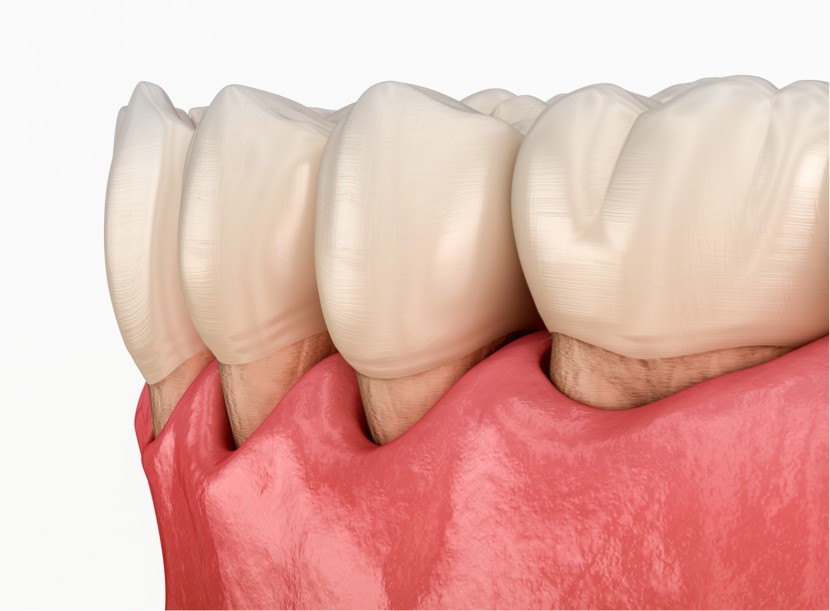Periodontics
Effective treatments for sparkling teeth and a long-lasting smile!
Gum diseases like gingivitis and periodontitis can cause unpleasant and serious health problems. At ARENA clinic, our experienced periodontic specialists use modern therapeutic methods to effectively treat gum diseases, extend the life of your teeth, and refresh your smile.

What is periodontics?
Periodontics is the branch of dentistry concerned with the treatment of the teeth’s supporting structures — bone, gums, cementum, periodontium, and gingiva — in order to eliminate disease-causing irregularities in the oral cavity.
Periodontal disease includes gingivitis (the inflammatory change in the gums) and periodontitis (deeper structural inflammation below the gums). Our periodontal specialists in Zagreb treat these diseases with modern methods and help prolong the life of your teeth and bring the brightness back to your smile – painlessly and comfortably.
Conditions periodontics can solve
Gingivitis
Periodontal pockets
Periodontitis
We use contemporary methods to effectively and painlessly treat common forms of periodontal disease, extend the life of your teeth, and bring back your beautiful smile.
Andrija Petar Bošnjak
dr. med. dent.,
spec. periodontics

What does periodontal treatment look like?
In order for us to diagnose periodontal disease, we first have to conduct a detailed examination and analysis of the teeth and gums. That includes measuring bleeding and the presence of plaque, the depth of periodontal pockets, tooth movement, and more. We record the data collected during the periodontal exam in your file, and then base our diagnosis and treatment plan on the results.
In order for us to diagnose periodontal disease, we first have to conduct a detailed examination and analysis of the teeth and gums. That includes measuring bleeding and the presence of plaque, the depth of periodontal pockets, tooth movement, and more. We record the data collected during the periodontal exam in your file, and then base our diagnosis and treatment plan on the results.
Schedule a free examination!
Please fill out the following fields so we can schedule your appointment. Your appointment includes a free specialist examination, consultation with a dentist, a personalized treatment recommendation that addresses all your dental needs, and a price estimate that fits your budget.